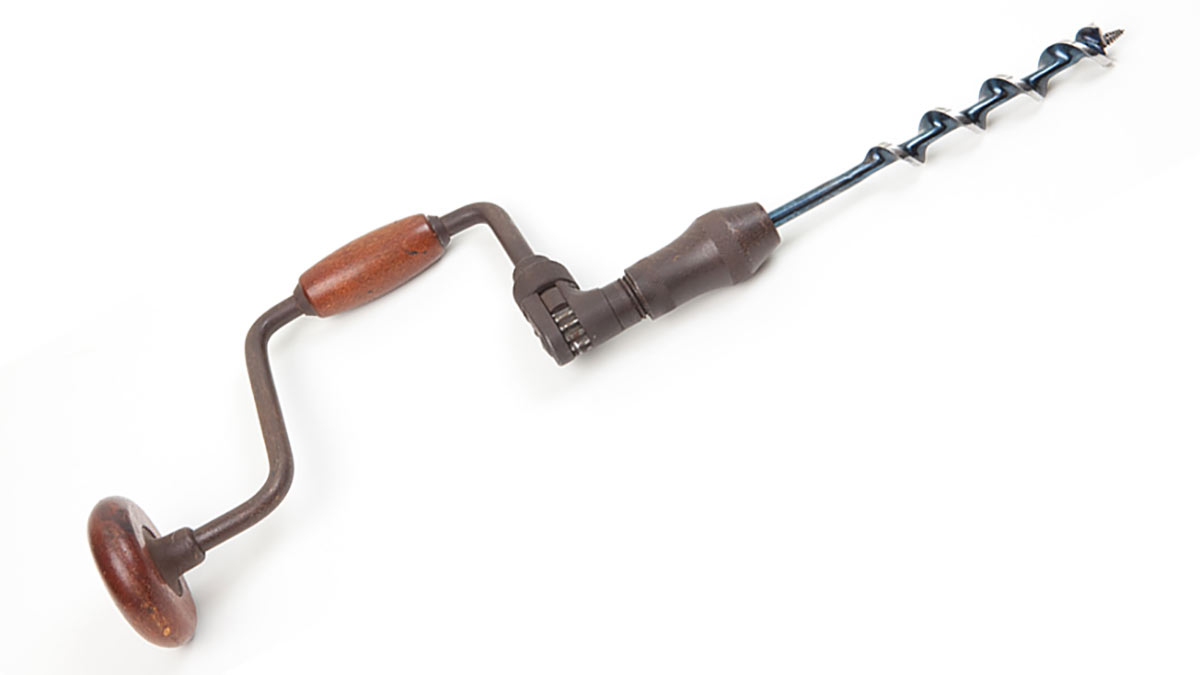Ground Breakers: Rio Tinto is drilling for WA’s next big lithium discovery

Pic: Via Getty Images
- Rio plans initial drill program at North Rover in early 2023 to investigate an interpreted pegmatite unit
- Gold mine developer De Grey will raise $150m, fully funding it through to completion of DFS, FID
- DEG has now raised ~$400m since first announcing the company-making discovery at Hemi in December 2019
Unlike fellow iron ore giant BHP (ASX:BHP), Rio Tinto (ASX:RIO) is sold on the lithium thematic.
RIO lithium boss Sinead Kaufman says it is underestimated just how much of the material needs to be mined by 2030 to keep pace with demand from EVs.
“With every project in the world that’s projected to come on, we’ll still be short by 50% of the amount of lithium that’s required to build the electric vehicles,” Kaufman says.
The mining behemoth has diversified into the popular battery metal via its stalled Jadar mine in Serbia and the US$825 million Rincon project in Argentina, which will be producing lithium carbonate from 2024.
It is also producing spodumene concentrate at a demonstration plant at its Rio Tinto Iron and Titanium (RTIT) Quebec Operations in Sorel-Tracy, Canada.
Now the $145 billion-dollar company is going back to its roots to look for the next big greenfields discovery.
In March, it found $25,000 between the couch cushions to pay explorer Twenty Seven Co (ASX:TSC) for an initial six-month option to explore TSC’s North Rover in the central Yilgarn region of WA.
During this period, it uncovered “a sub-cropping weathered pegmatite unit that may be prospective for lithium (spodumene) and tantalum mineralisation”, TSC says.
RTX subsequently exercised its option to earn an 80% Joint Venture interest in the non-gold mineral rights by sole funding $5m of non-gold exploration.
This lithium target has been prioritised for follow-up drill testing.
RTX plans to conduct an initial drill program of 500-1000m to investigate the interpreted pegmatite unit in early 2023, subject to land access consents and clearances, TSC says.
RIO, TSC share price charts
De Grey raises another $150m from investors
Near term gold mine developer De Grey (ASX:DEG) will raise $150m before costs via insto placement ($130m) and share price placement ($20m).
At $1 per share, this is a respectable 8.3% discount to the last closing share price and a 3.3% discount to the 5-day VWAP.
DEG has now raised ~$400m since first announcing the company-making discovery at Hemi in December 2019.
This also includes $125m (Oct 2021 at $1.10 per share), $100m (Sept 2020 at $1.20 per share) and $31.2m (April 2020 at 28c per share).
This latest chunk of cash will be used to complete a project DFS – the most advanced of all project studies — more drilling, and predevelopment activities.
“Following completion of the Equity Raising, the Company will be fully funded through to completion of a DFS in respect of Hemi (currently scheduled for Q2 2023) and a subsequent Final Investment Decision,” the company says.
A September PFS delivered a proposed production rate that would place it among the top five gold mines in Australia if it were producing today.
Hemi, or the broader 10.6Moz Mallina gold project to be precise, would produce 540,000ozpa in its first decade of life, 550,000ozpa in its first five years and peak production of 637,000oz in its fifth year of operation.
That is a scale comparable with some of the nation’s largest gold deposits like Cadia, the Super Pit, Tanami, Tropicana and Boddington.
At a capital cost of around $985 million, the mine boasts a post-tax internal rate of return of 41% and payback of 1.8 years post tax at a gold price of $2400/oz and average all in sustaining costs of $1220/oz over its first five years and $1280/oz over its first decade.
DEG share price chart

UNLOCK INSIGHTS
Discover the untold stories of emerging ASX stocks.
Daily news and expert analysis, it's free to subscribe.
By proceeding, you confirm you understand that we handle personal information in accordance with our Privacy Policy.








